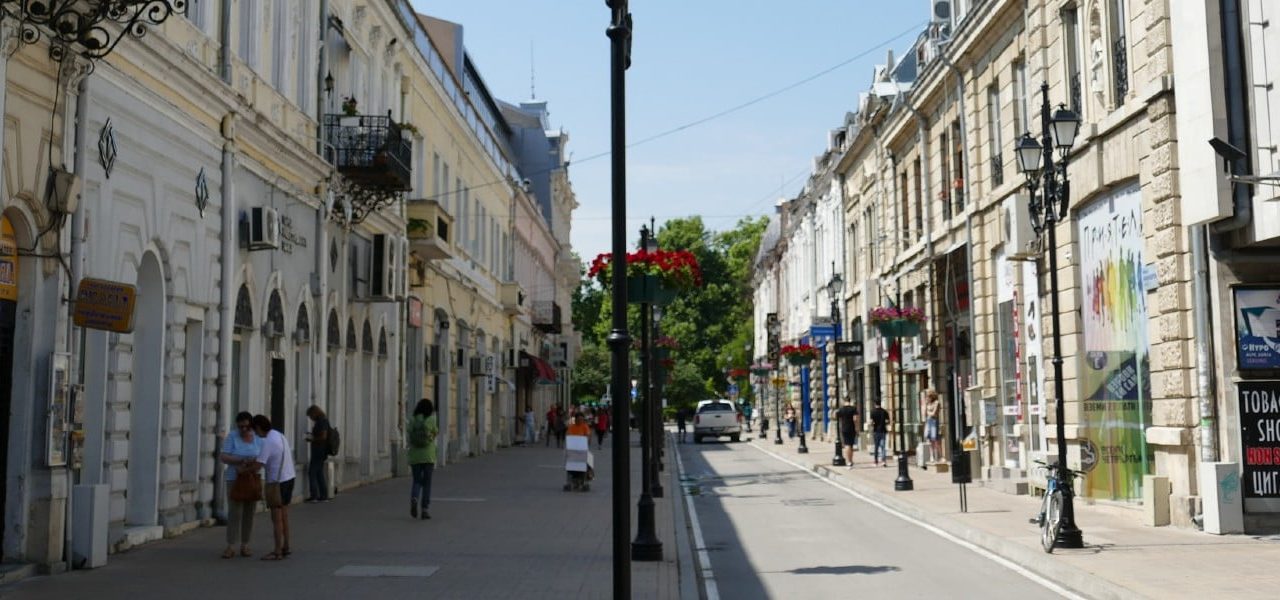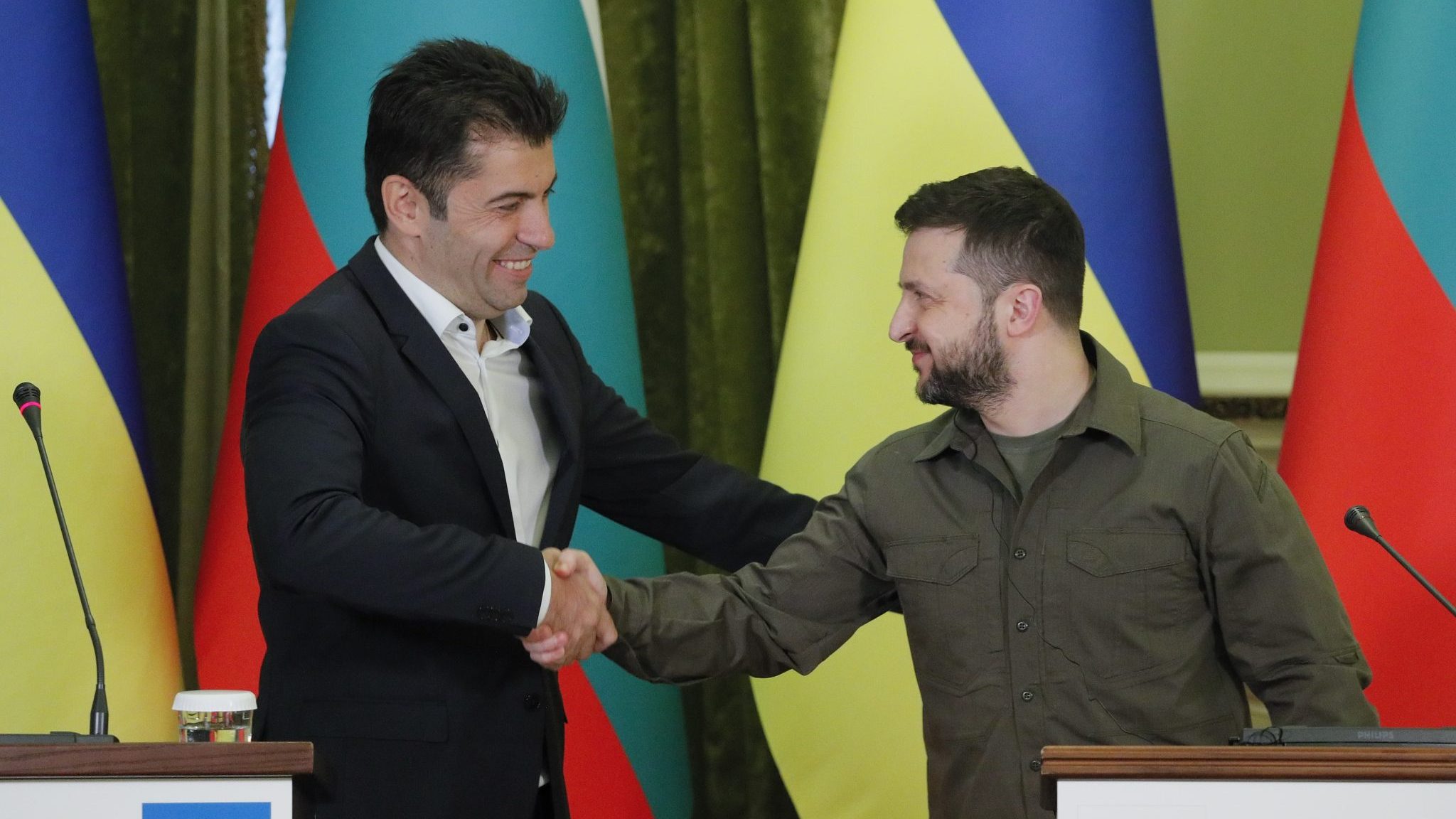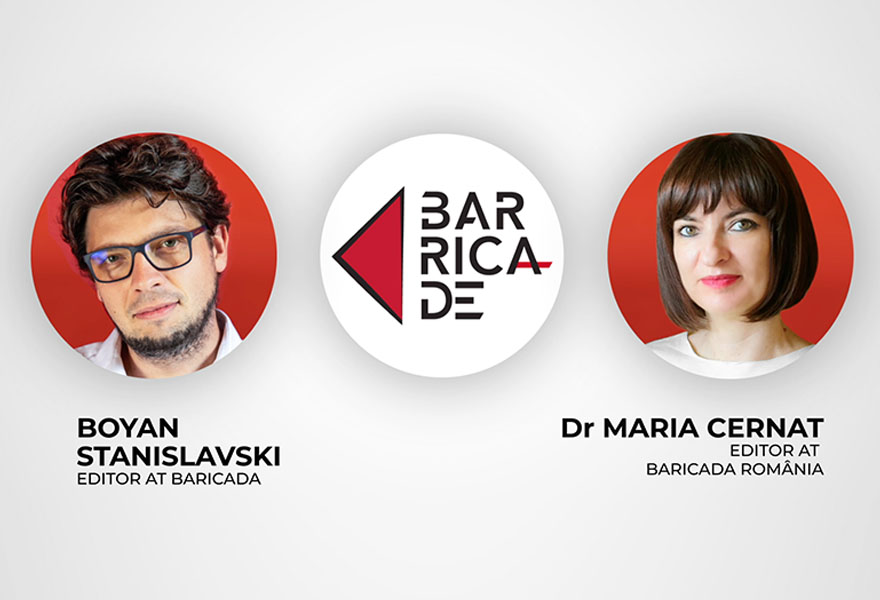“The cost of housing relative to prevailing income levels is very high, which makes it virtually impossible for households earning less than BGN 1000/month,…., to purchase or rent any housing in the market. More than a third of young adults are unable to afford a house, and hence are continuing to live with parents or other family.” (Bulgaria: Housing Sector Assessment, June, 2017 /Prepared for Ministry of Regional Development and Public Works by the World Bank)
I have lived in Bulgaria for two decades and my work has allowed me to travel extensively throughout the country. This enables me to compare and contrast efforts towards urban development. I can take account of explicit attempts to attract tourists or to entice foreign investors. They may or may not be misguided or aesthetically misshapen but at least I can pinpoint some rationale behind the development. Having done this, I am left to admire displays of civic pride and social duty on the one hand and – on the other – despair at signs of an oligarchy out of control. I don’t seek to comment on the architectural taste (or tastelessness) of Bulgaria’s wealthy elite. Rather, I’m more inclined to ask: What’s it all for? Who are the intended inhabitants of these ostentatious buildings where units are prohibitively expensive to rent or buy? Why are these modernistic structures multiplying in town and city centres where a large proportion of the buildings – those with greater social utilitarian value – are showing serious signs of decay?
I live in the northern city of Ruse where life for most residents has taken on a somewhat hostile surrealism. This derives from conspicuous displays of the wealth of a very small minority. We all know that the nouveaux riche can be vulgar and loud in their public celebration of the possessions their money can buy. However, I’m not talking about the walking-talking horror shows to which we have become accustomed in the city-centre restaurants or main shopping mall courtesy of the local mutra or a minority of Romanian visitors.
I’m talking about the prevailing sense of being a denizen of a blighted realm that exists in parallel with the emergent Little Manhattan in the Balkans.
This sensation accentuates a feeling of Powerlessness.
Here is a quote from Dacher Keltner, a professor of psychology at University of California, Berkeley:-
“Chronic threat and stress damage regions of the brain that are involved in planning and the pursuit of goals. The principle is clear: powerlessness undermines the individual’s ability to contribute to society.”
In Ruse (and other Bulgarian cities) commerce among small and medium-sized businesses is faltering badly. In the main shopping street, the contrast between the numerous empty shops (failed businesses) and flash, hipster coffee shops is jarring. These cafes appear comfortably cushioned in more than one sense.
Location, location, location. We await the grand opening of Hesburger in its prominent position in the city centre where it will potently symbolize the ongoing desecration of a city named Little Vienna on the basis of its architectural heritage and cultural alignment with Mitteleuropa.
There is a further symbol of this desecration and it contributes significantly to the sense of parallel worlds experienced by most Ruse residents. I’m talking about the luxury property market and the selection of certain inner-city neighbourhoods for “gentrification”. Hostile surrealism prevails when, in the space of 3 minutes, you can leave Little Vienna (duly Hesburgered) and enter streets where development is in full swing.
A two-bedroom apartment or a penthouse with a river view sound just dandy. However, the apartment will cost upwards of 95,000 Euro and the penthouse……don’t ask.
Who are the intended occupants of these super-expensive homes? Where are the businesses that can afford to rent the palatial office / retail space on the lower floors?
The World Bank’s assessment of Bulgaria’s housing sector (published in June, 2017) made reference to broad dysfunctionalism and deep-rooted problems. Despite the existence of the Condominium Law, the lack of maintenance of old housing stock is becoming critical and, in a region prone to seismic activity, there are growing concerns about the safety of residential blocks built from prefabricated panels on metal frameworks.
A large and growing proportion of the population cannot afford to buy or even rent accommodation. Indeed, less than 5% of the country’s housing stock is leased out in the rental market and, more often than not, rents are prohibitively high. According to the report, “some 42% of single person households, and 31% of tenants of market priced rentals face housing cost over-burdens.” Even among homeowners without mortgages, the combination of utility costs and keeping up with wear and tear is causing hardship.
The report refers to high vacancy rates in nearly all Bulgarian cities despite a significant need for improved housing assistance for the poor and the fact that many people live in overcrowded conditions. A growing number, primarily those of Roma origin, live in unregistered property.
Inevitably, vacant property includes units in old, deteriorating apartment blocks. In rural areas, a growing proportion of houses advertised are virtually unsaleable because many villages have dwindling populations. An upmarket holiday villa within driving distance of city amenities may tempt an overseas investor seeking a holiday home. But don’t bet on it. Many of the rural properties that seem affordable at first glance need extensive renovation.
You’d expect high vacancy rates in the real estate sector to signal a need for a slowdown in construction and yet the addition to the number of vacant units at the high end of that market continues.
I refer to the gentrified parts of Ruse as Legoland by the Danube. (OK. I lied about not commenting on tastelessness.) I’m convinced it’s insulting to the majority of the city’s inhabitants. The World Bank report tells us why –
“More than three-fourths of apartments in the country are in buildings that are older than 30 years. The lack of maintenance of these buildings has led to their rapid deterioration. The result is: leaking roofs, damaged facades with fallen plaster, ill-maintained stairwells and hallways, and leaking water and sewer pipes.”
The report reveals “deep-rooted problems” as follows –
– the fact that a greater percentage of homeowners without a loan have a cost overburden than homeowners with a loan indicates that the former are likely so poor that even without a loan (which is usually the largest expense for housing), they cross the affordability threshold paying for only utilities and maintenance. While most Bulgarian households own their homes and incur no mortgage or rental costs, they bear the costs of utilities and maintenance that can be quite excessive for lower income households in proportion to their incomes.
– – according to NSI data, nearly 50% of homeowners are low income households who cannot afford major expenses for housing, or middle income households who choose not to spend on housing maintenance or upkeep, which has led to the poor quality of many old socialist era multifamily buildings….. As such, even households that are not overburdened by housing costs are in fact under-investing in their dwellings, leading to a longer-time quality issues.
In these circumstances, why the continuing focus on building at the high end of the property market – offices, retail outlets and up-market apartments?
Do those responsible blindly worship at the alter of Inward Foreign Direct Investment? Hasn’t anyone told them that IFDI is markedly exceeded by the amount of remittances from Bulgarians resident overseas targeted towards their families living in the crumbling apartment blocks and increasingly depopulated villages?
It says something about the perverse motives and seemingly limitless financial resources of those responsible for the construction. It highlights the crude self-indulgence of those occupying city chambers and ranks of government who preside over pockets of gentrification that they can view from the balconies of the municipal building and state institutions.
Ruse is sold to tourists on the basis of architectural remnants of the period when the city was the Pearl on the Danube and properties with views of the river were inhabited by an international community of merchants who delivered new products, technologies and cultural events. In a country that has become one of the business process outsourcing hotspots of Europe, who will occupy the newly gentrified neighbourhoods that are ensconced within easy walking distance of the central square and where most will be deprived of an actual view of the Danube? Sofia has been flaunting its outsourcing credentials for almost a decade but what precisely does Ruse have to offer to prevent the exodus of its younger generation? Certainly nothing that will permit them to contemplate buying a place in Legoland.
It is certainly true that investment in real estate development near the river accompanies the creation of a new arterial road along the Danube and the extensive development of the riverfront in celebration of the aesthetic splendor of concrete. But this does not tell us who the riverfront apartments are intended for.
Do the city fathers hope for another renaissance like that delivered by Midhat Pasha? Are they trying to lure back the wealthier members of the Bulgarian diaspora? Or have the speculation and money-laundering of local oligarchs simply got out of hand?
In 2016, the National Statistical Institute published data on Bulgarian cities and their urbanized areas. Ruse, a city with a birthrate lower than the national average, was shown to have a population that shrank from year to year during the period of review – emigrants exceeded immigrants. Additionally, there was a tendency for the number of those people leaving the city centre to exceed the number taking up residence in the centre. (There was a small net increase in householders in peripheral regions.)
People are moving out of the streets adjacent to Little Manhattan in the Balkans and, those young people who remain, are not bringing children into the world at a rate that can help prevent a looming demographic crisis.
The World Bank’s assessment of the housing sector refers to Bulgaria’s “shrinking cities”. Many leave the cities (and, indeed, the country) because of unacceptable levels of air pollution. This is particularly true of Ruse.
In November, 2019, MEP Peter Vitanov posed a question to members of the European Parliament. In 2015, the European Commission opened proceedings against Bulgaria, which was subsequently found guilty by the European Court of Justice of failing to comply with ambient air quality standards. Ruse was one of the cities found to be significantly affected. Vitanov pointed out that the level of air quality in the city remained poor and that levels of pollution (including cross-border pollution) were becoming a cause for alarm.
In September, 2020, the Minister of Environment and Water, Emil Dimitrov, turned his attention to Ruse following protests about air pollution levels. As yet, residents await a meaningful response to the expression of civic anger about the quality of the air in Little Manhattan in the Balkans.
So, there you have it. The centre of the city that I’ve called home for 20 years is subject to an insidious style of development that takes little account of the needs and aspirations of the vast majority of the 145,000 residents. Indeed, the development contributes to a sense of powerlessness and expansion of the gulf between oligarchic movers and shakers and the larger community.
As stated above, the shaping of the city centre by those with money and influence can seem surreal to the majority on the basis of a development process that is profoundly detached from more prevalent social forces and domestic needs.
I’m a people-watcher. It’s part of my job. It is fascinating to watch villagers or traditional suburban families who enter the city centre at weekends. In the centre of the city they have lived in or in close proximity to since birth, they behave as if on holiday in an over-priced resort.
Photo: Rousse’s remnants of old architecture are promoted to foreign tourists as “Small Vienna”, in the meantime its citizens leave the small Balkan Manhattan (source: Pixabay, CC0)
The Barricade is an independent platform, which is supported financially by its readers. Become one of them! If you have enjoyed reading this article, support The Barricade’s existence! We need you! See how you can help – here!











